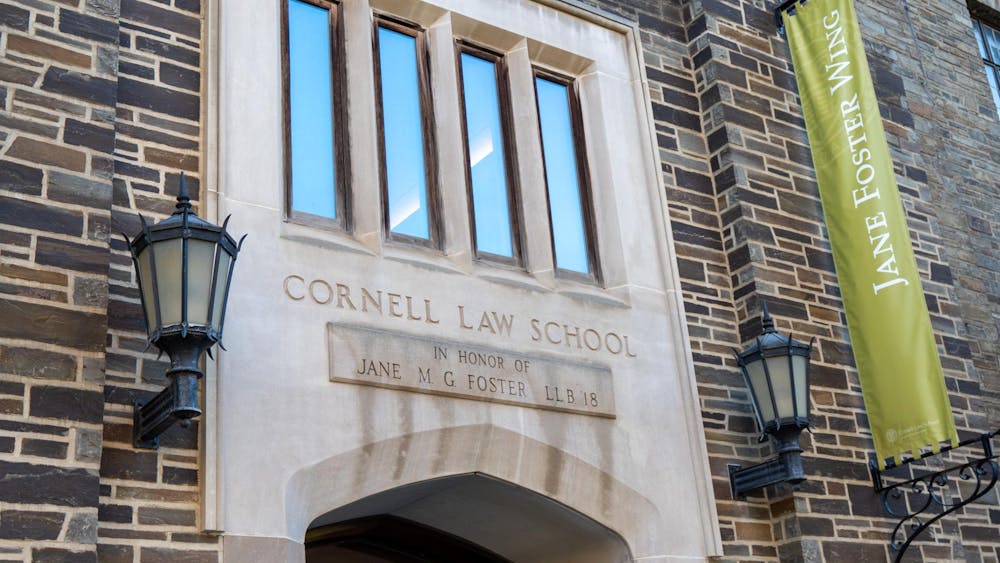In February, the Boston-native string orchestra A Far Cry performed with renowned classical pianist Simone Dinnerstein. The group presented a unique arrangement of Johann Sebastian Bach’s Goldberg Variations. Originally written for harpsichord, the work includes an opening aria with a subsequent thirty variations of the musical material presented in the aria. Its highly layered “rigorous mathematical structure” and mastery of form contribute to its reputation as one of Bach’s best compositions. A Far Cry seeks to present the often-arranged GoldbergVariations in a new light, preserving the beauty of the original piece but accentuating it with a fresh coat of paint. We were able to speak with “Crier” Sarah Darling, who collaboratively arranged the rendition and plays viola in A Far Cry. Darling spent a few minutes fangirling over the GoldbergVariations with me.
“Every time you listen to it, there’s something new to discover. He’s constructing a house but it’s symmetrical, no matter which way you look at it,” she said. “And then if you walk in, it’ll be a mirror image of itself. And when you open up a drawer, it’ll be another mirror image of itself. That’s how his brain works, it’s just nuts.”
A Far Cry took the stage last week to a sizeable crowd in Bailey Hall. After a foreword by Darling, Simone Dinnerstein began by playing the recognizable opening aria, setting the foundation for the rest of the performance. She paused after finishing the aria as the string players tensed and readied their bows. Dinnerstein began again but this time, a member of the string orchestra played concordantly, providing a pleasant line that intertwined with the piano part. This continued through a few iterations. Each time, a different instrument provided the accompaniment. The instrumentation was cleverly chosen; the plucked pizzicato of the strings mimicked the percussive piano strokes. This match of tonality and musical texture created a cohesive aural effect for the audience. I also enjoyed the occasional feature of the double bass, as it evoked a vibrant anachronistic jazz sentiment, mimicking the piano bass lines. While on paper adding a jazz bass line to a Bach arrangement sounds jarring, the Criers incorporated it seamlessly, making it seem like Bach predicted the rise of jazz two hundred years early.
Additionally, this gradual construction of layered musical parts teased the audience’s yearning for a musical climax. This made it all the more gratifying when finally, the full orchestra played together in a flurry of interconnected, conversational lines. It was a pleasure to observe both the group’s chemistry and each Crier’s individuality during these moments. Generally, sections in an orchestra (e.g. strings, woodwinds) behave as a unit, playing the same parts and physically moving in the same manner while they play. A Far Cry does not adhere to this mentality, as each member had their own performer’s personality clearly on display. Each “Crier” played a highly individualized part, swaying and pulsating to themselves. The movement of the players’ bows one after another reminded me of a stadium crowd doing the wave. This dynamic was unlike anything I’ve ever seen from a classical music ensemble. I attribute this to the highly democratic nature of the group: A Far Cry is conductor-less. Each group member shares an equal voice in making decisions and the burden of musical direction. Darling enjoys the joys and challenges of this group dynamic.“During a performance, you have to have absolutely radical trust in every single member of the ensemble. Every person, at some point will be calling the shots,” she said. “In this day and age, when the world is trying to figure out if democracies can even survive, A Far Cry is wrestling with the same question: what can we do to keep the world’s democracies healthy?”
As Darling warned me, A Far Cry threw the audience “lots of curveballs,” saving the majority of them for the second half. The most captivating moments of the performance were the most surprising curveballs. Part of the way through a latter variation, a new sound could be heard. It was faint, but it was clear that the orchestra was humming as they played. Over time, the humming swelled into a warm “ah” vowel, and the players sang their instrumental parts in perfect harmony. This greatly impressed me as a singer; not only was this a huge break in form among orchestral tradition, but they had great voices. The other big surprise came towards the end where Dinnerstein took a pause, put aside her music, and continued the next variation by plucking the piano strings in the crook of the piano. The piano’s tinnier timbre evoked the sound of a music box, as many of the string players lightly grazed their bows against their strings, mimicking the ticking of a clock. Between these two musical curveballs, I was impressed and moved.
I would recommend this concert to any music fan. I will concede, however, that there is a certain patience required by classical music newcomers. While the breaks from form in the second half wowed me, it was preceded by extensive variations without as much novel excitement. While the repetitive foundation created a gratifying feeling when the pattern was broken, the performance totaled approximately ninety minutes, and I found myself wishing my favorite moments shared more significant portions of the performance.
James Robertson is a sophomore in the College of Arts and Sciences. He can be reached at jar524@cornell.edu

A Far Cry Deliver A Moving Performance at Bailey Hall
Reading time: about 5 minutes
Read More










